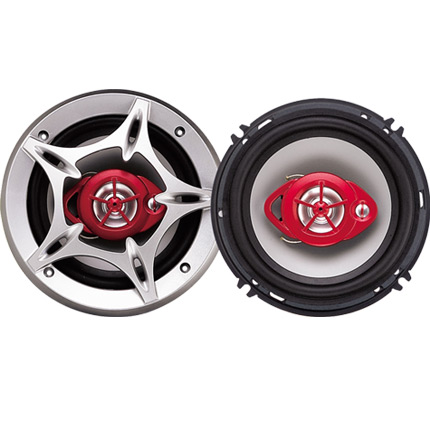Throttling the Wire Managing Communication Flow in Digital Networks
Understanding Throttle Wire Function, Importance, and Maintenance
The throttle wire, often referred to as the throttle cable, is a critical component in various vehicles, particularly in motorcycles and some older automobile designs. This compact yet powerful wire plays a significant role in controlling the engine's power output, thereby directly affecting the vehicle's acceleration and overall performance. In this article, we will explore the function of the throttle wire, its importance, and how to maintain it for optimal performance.
Function of the Throttle Wire
The primary function of the throttle wire is to transmit the driver's input from the throttle grip or pedal to the engine's throttle body. When a driver twists the throttle grip (in motorcycles) or presses the accelerator pedal (in cars), it effectively pulls the throttle wire. This action opens the throttle valve, allowing more air (and fuel) to enter the engine, thus increasing the engine's power output. The design ensures that the engine responds smoothly and efficiently to the driver's commands, providing the desired acceleration.
The throttle wire operates on a simple mechanical principle. Traditionally, this involves a metal cable running from the throttle body to the throttle controls, utilizing a series of pulleys and attachments to facilitate movement. In modern vehicles, this mechanism has largely been replaced by electronic throttle control (ETC) systems, where sensors and motors replace the cable. However, understanding the traditional throttle wire remains relevant, especially in vintage models and specific applications.
Importance of the Throttle Wire
The throttle wire is of paramount importance in ensuring that the vehicle operates efficiently. A properly functioning throttle wire contributes to the smooth operation of the engine, allowing for quick response times when accelerating or decelerating. If there is any malfunction or wear in the throttle wire, it can lead to delayed response or unintended acceleration, which can be dangerous for the driver and others on the road.
Furthermore, the throttle wire's condition can impact fuel efficiency. A frayed or stuck throttle cable can cause the throttle to remain partially open, leading to increased fuel consumption. This not only affects the vehicle's performance but can also lead to higher operational costs in the long run.
Signs of Throttle Wire Issues
Detecting problems with the throttle wire early can prevent more significant issues down the road
. Some common signs of a malfunctioning throttle wire includethrottle wire

1. Unresponsive Acceleration If the throttle does not respond as quickly as it should when the throttle grip or pedal is engaged, this may indicate a problem with the throttle wire. 2. Sticking Throttle If the throttle grip or pedal feels sticky or does not return to its normal position smoothly, it may suggest that the throttle wire needs lubrication or replacement.
3. Increased Fuel Consumption A noticeable drop in fuel efficiency can indicate that the throttle wire is not functioning correctly, keeping the throttle open when it should not be.
4. Unusual Engine Behavior If the engine races unexpectedly or fluctuates in power despite steady input, the throttle wire may be the culprit.
Maintenance of the Throttle Wire
Regular maintenance of the throttle wire is essential to ensure it operates smoothly and effectively. Here are some maintenance tips
1. Inspection Regularly inspect the throttle wire for any signs of wear, fraying, or damage. Look for kinks in the cable or issues with the throttle body connection.
2. Lubrication Ensure that the throttle wire is properly lubricated to prevent sticking and enhance responsiveness. A silicone-based lubricant is often recommended.
3. Cleaning Clean the throttle body and surrounding area to avoid any debris buildup that could interfere with the throttle's movement.
4. Replacement If any significant wear or damage is detected, replace the throttle wire immediately. It is vital to choose a high-quality replacement part to maintain performance.
In conclusion, the throttle wire may seem like a minor component, but its significance in vehicle performance cannot be overstated. Whether in motorcycles or older cars, understanding its function, importance, and maintenance will help ensure a safe and responsive driving experience. Remember that regular checks and upkeep can save you from potential emergencies and enhance the longevity of your vehicle’s components.
-
Workings of Clutch Pipe and Hose SystemsNewsJun.04,2025
-
The Inner Workings of Hand Brake Cable SystemsNewsJun.04,2025
-
The Secrets of Throttle and Accelerator CablesNewsJun.04,2025
-
The Hidden Lifeline of Your Transmission Gear Shift CablesNewsJun.04,2025
-
Demystifying Gear Cables and Shift LinkagesNewsJun.04,2025
-
Decoding Clutch Line Systems A Comprehensive GuideNewsJun.04,2025
